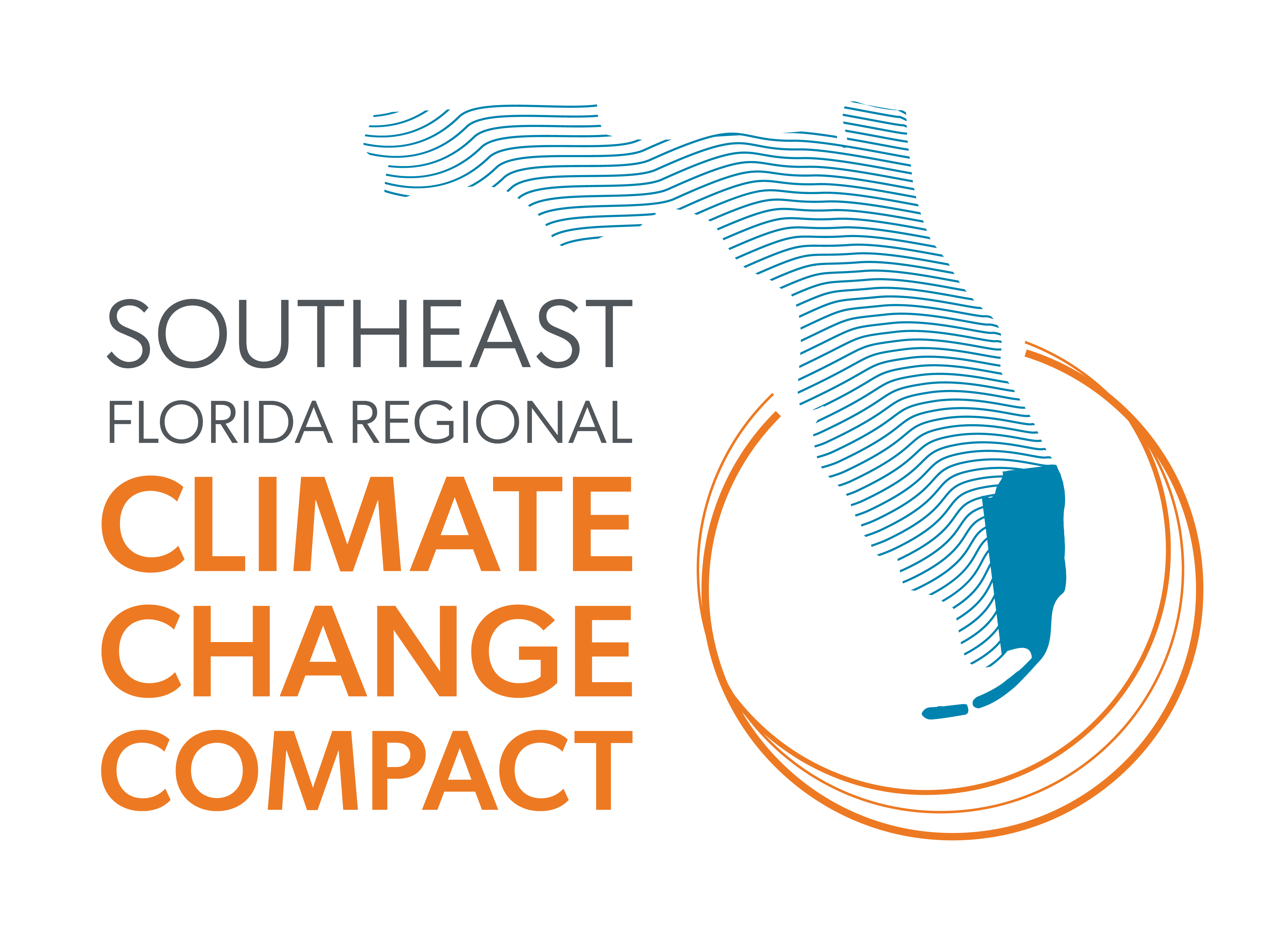Incorporate resilience and sustainability objectives, inclusive of the Southeast Florida Regionally Unified Sea Level Rise Projections in city, county and regional agency comprehensive plans, transportation and other infrastructure plans, and capital improvement plans.
STRATEGIES
ST-1.1 Review local government comprehensive plans and transportation, infrastructure and capital improvement plans to determine gaps in planning for projected sea level rise in Southeast Florida and ensure resilience objectives are incorporated. Identify opportunities to maximize intergovernmental and interagency coordination on utilization of the Southeast Florida Regionally Unified Sea Level Rise Projections.
IMPLEMENTERS: local governments, regional planning councils
ST-1.2 Update local government and regional plans as needed to incorporate periodic updates to the Southeast Florida Regionally Unified Sea Level Rise Projections and account for ongoing advances in scientific knowledge and modeling.
IMPLEMENTERS: local governments, regional planning councils, regional agencies
